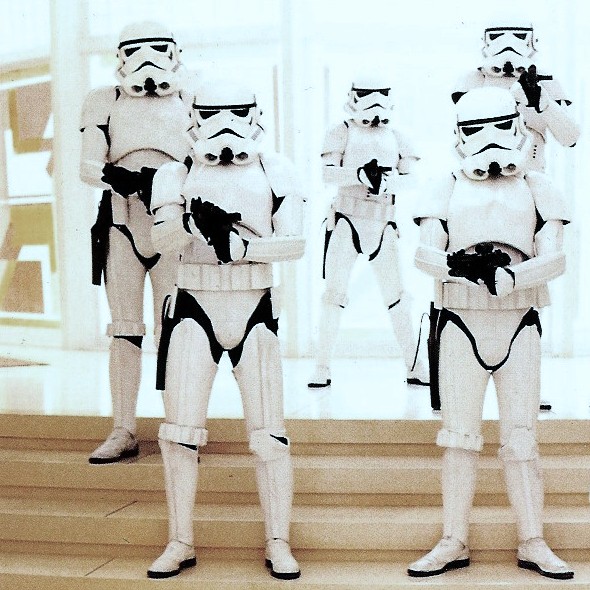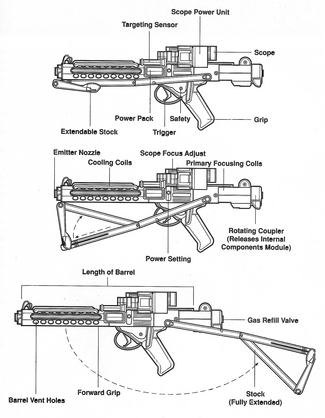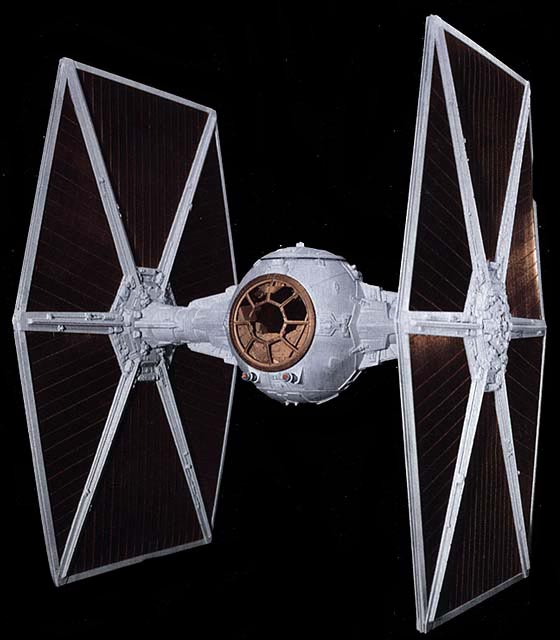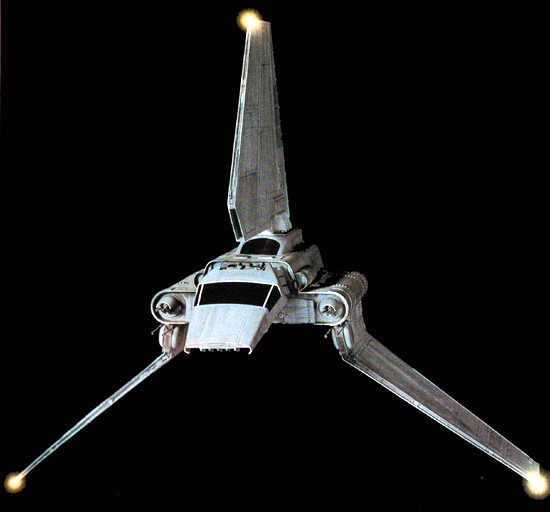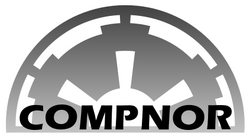Kelvaros Prime FT Factbook
Index
1. Geography & Planets
2. Economy
3. History
4. Military
5. Government Structure and Political Structure
Geography & Planets
The Galactic Empire contains twelve million worlds inhabited by intelligent beings. Among the hundreds of billions of stars in the galaxy, most systems are uninhabited. The barren systems are still rich in mineral and other natural resources. These are what supports the galaxy's immense population. A civilisation existing on a single homeworld can only sustain a population of several billion human-like creatures at once, due to environmental constraints. With the resources of millions of barren worlds supporting each inhabited planet of the Galactic Empire, planetary populations could comfortably grow to trillions on any particular world. Raw materials and foodstuffs could be imported in arbitrarily vast amounts, and the empty wastes of space and dead worlds allow for indefinite waste disposal.


